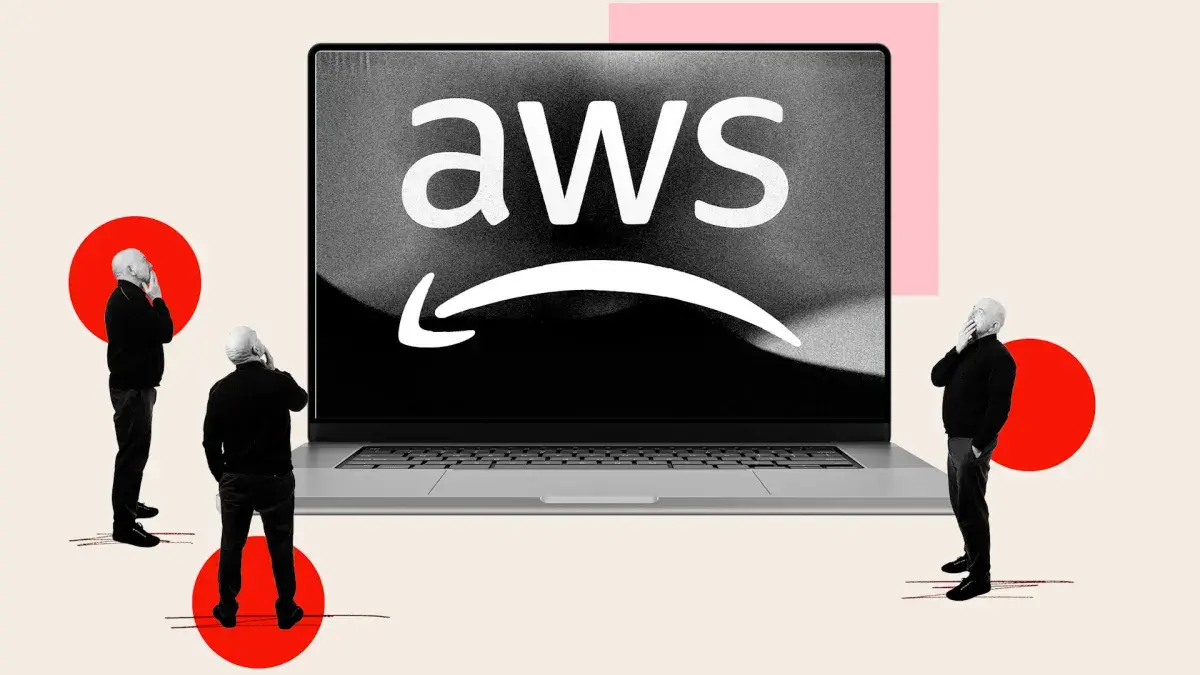Copyright Morningstar

For the kinds of investors who attend a book club meeting without reading the book, the narrative arc of the US stock market over the past couple of years is simple. The story has mostly been a happy one. The theme centers around artificial intelligence. The main character energy belongs to names like Nvidia NVDA, Microsoft MSFT, and Meta META. Then there are those of us market-watchers who don’t just read the book, but also the reviews and the fan fiction. For us, the market’s plotline includes the periodic resurgence of minor characters—like smaller companies and value stocks. We view the volatility of 2024’s third quarter and tariff turmoil of 2025 as dramatic subplots. To contrast these different views, consider two performance graphics. First, the two-year trailing returns through the third quarter of 2025 for the Morningstar Factor Indexes. Then, the quarterly performance of those same indexes. Riding the Momentum of a Quality-Led Market Looking at trailing returns for the past two years, there’s a clear champion. The momentum factor is way out in front, bearing out the premise that harnessing recent winners can be an effective investment strategy—at least in some periods. The constituents of the Morningstar US Momentum Factor Index will be a familiar group. Contributors to its outperformance include Nvidia, Meta, and Broadcom AVGO, which are all at the heart of the AI boom. The Morningstar US Quality Factor Index has mostly performed in line with the broad market. Look how closely the indexes’ two-year returns track. That’s because super-profitable companies with strong balance sheets dominate the market. Nvidia and Microsoft are the two biggest constituents of the quality index and also the largest stocks in the broad market index. Momentum has succeeded by surfing the quality wave. All the other factors have underperformed over the past two years. Bets on stocks characterized by low volatility, value, yield, and size have failed to pay off. Believers in most factor “premia” (discussed in this paper) have been left frustrated. What Happened to the ‘Rotations’? At several points over the past two years, it looked like the US stock market was undergoing a “rotation.” If you look at the quarterly performance table, you’ll see that in both the third quarter of 2024 and the first quarter of 2025, the low volatility, value, yield, and size factors beat the market. Momentum and quality lagged. What was behind the factor flip-flop of 2024’s third quarter? Ironically, catalysts included both an unexpected rate hike in Japan and an expected rate cut in the US. Economic data releases, corporate earnings, and technical factors all contributed to fears over a narrow and pricey market. In that environment, low-volatility stocks showed resilience. Investors looked to previously out-of-favor factors like value, size, and yield. The story of the first quarter of 2025 looks even more dramatic if you add in early April. Stocks came into the year priced to perfection after a postelection rally. Even before April’s tariff turmoil, the launch of China’s DeepSeek AI prompted questions about market-leading AI stocks. As I discussed in April, low-volatility stocks like Berkshire Hathaway BRK.A BRK.B benefited from a flight to safety. The abrupt change in market direction caught momentum stocks out of step. In hindsight, the rotations of 2024’s third quarter and 2025’s first quarter were short-lived. In both cases, the market rotated back to its long-running trends in short order. Hoped-for comebacks for underperforming factors look like false dawns in retrospect. What Will It Take to See a More Enduring Rotation? As of this writing, the US stock market was wobbling. Renewed China tariff threats from the Trump administration sparked a selloff, reviving talk of the “TACO Trade.” Concerns were mounting related to the First Brands bankruptcy and regional bank credit losses. It’s too soon to gauge whether this will lead to a factor rotation in the fourth quarter of 2025, let alone a more enduring change. What could prompt a more sustained comeback for the size, value, and yield factors? To some, it will take a popping of the AI bubble, the same way late 1990s internet mania gave way to value and small-cap leadership in the early 2000s. Corporate earnings releases will be closely watched. Trade policy and interest rates hold the power to move markets. Eventually, change will come. I’d point to the resurgence of international stocks in 2025 as proof that investment leadership is fluid. For many years, the US market outperformed, making a mockery of those of us who advocate for global diversification. In 2025, Europe and many emerging markets have finally bounced back.



